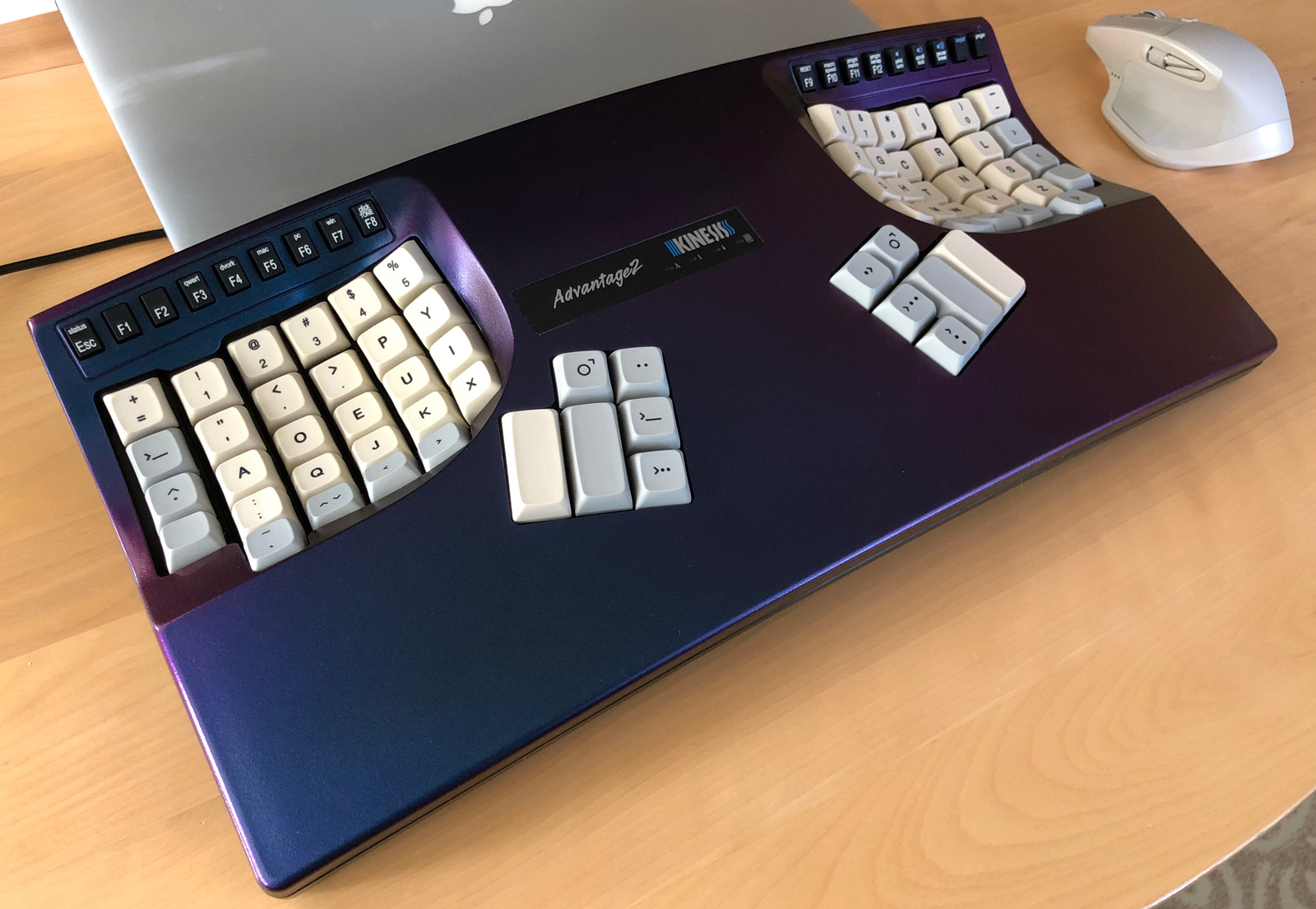If you’ve ever hung around an amateur radio operator (a/k/a ham), you may have heard something like this:
I was hoping for some 20m PSK31 DX yesterday evening but I only got some local QSOs on 14.070MHz before the band closed.
Another ham might respond:
Were you running barefoot or did you turn on your linear?
A non-ham, who’s a pal and a good sport about ham stories, would respond:
Wow, cool. (nods head, empty stare)
The average non-ham, however, would respond:
Huh? Are you even speaking English?
Truth is, hams have their own made-up language, kind of like Esperanto but it sounds deceptively like English. But the layperson or ham-wannabe can learn to speak ham (or at least comprehend some of it) with a little help.
Heritage
The most opaque parts of ham-speak are rooted in its morse code heritage. First and foremost are the Q-codes, a series of three letter codes (not acronyms) for common phrases. For example:
- QTH: station location
- QRP: decrease power or operating at very low power (5 watts or less)
- QSO: conversation
- QSL: confirm receipt (as in “QSL card,” a postcard confirming a QSO)
- (see more at Wikipedia)
These were created for use in morse code, but hams will use some of these in casual conversation, too. Since they’re just made-up codes, there’s no shortcut to understanding them, you just have to memorize them. Fortunately there’s only a handful of Q-codes you really need to know in day-to-day ham speak: QSO, QSL card, maybe QRP if your friend operates a portable station.
There’s also a number of other abbreviations from the morse code days, for example:
- DX: distance, in particular international
- WX: weather
- CQ: calling anyone
- K: done transmitting, go ahead (also SK, done with conversation)
- (and countless more)
Some of these, like “DX” and “WX”, kind of make sense on their own. But “CQ”, “K”, and “SK” are concoctions of the most mystifying form: they’re based on how they sound in morse code. “K” sounds like “dah-dit-dah” and “SK” sounds like “dit-dit-dit-dah-dit-dah.” Say it fast out loud. These were chosen for their sound, not because the letters have any special meaning.
One of these “morse phrases” is known to many people: dit-dit-dit dah-dah-dah dit-dit-dit, or “SOS.” You might have heard this stands for “save our ship,” but that’s not true. It’s just a pattern of dots and dashes that’s easy to remember, and easy to recognize when heard over the radio. The letters “SOS” don’t mean anything.
Even with computer-based digital modes like PSK31 or RTTY (see below) you’ll see stuff like this on the air:
CQ CQ CQ DE N0JDC N0JDC PSE K
That means: “hey, anyone out there, I’m looking for a contact, this is N0JDC, please respond, done transmitting now.”
Corrine Jackson helpfully points out this additional resource for more background on the development of Morse Code. Computer-based digital modes are becomming more common in amateur radio, but legacy dating back to the telegraph and spark-gap transmitters will seemingly be with us forever. (Thanks, Corrine!)
Call Signs
So what’s that N0JDC business above? It’s a call sign, the code assigned to each ham by some government agency (in the US that’s the FCC). Every ham radio operator in the world has a call sign, and the format of these are standardized by the International Telecommunication Union (ITU). When talking on the air, hams are required to identify themselves by their call sign.
But some hams take the extra step of freely mixing call signs and names even in casual conversation. It comes somewhat naturally that if someone knows me on the air as N0JDC, they might refer to me as N0JDC in person as well.
Techno-Speak
Ah, the many layers of techno-speak. Peel one back, there’s another underneath. I’ll try to uncover a few here, just enough to get your started.
Frequencies and Wavelengths
Frequency and wavelength are intertwined; a specific frequency has a specific wavelength and vice-versa. (wavelength equals the speed of light divided by frequency, to be anal about it.) Hams freely mix these. So when I say “20 meter band” and “14.070 megahertz” I’m sort of saying the same thing: I have access to the frequencies from 14.000MHz to 14.350MHz, and these are called the “20 meter band.” (Doing the math, it’s technically about 21.4m to 20.9m.)
As with the Q-codes, you just memorize these. For example, 14-something MHz is 20m band, 28-something MHz is 10m band, 144-something Mhz is 2m band, etc.. See the ARRL band plan for a complete list of bands that hams in the USA use.
Radio Propagation
Radio waves don’t always cover the same amount of distance; their behavior is heavily influenced by solar activity and several other factors. As such, hams will choose bands depending on the time of day, year within the solar cycle, distance they’re trying to reach, and so forth. So when a ham says “the 20m band closed” that means that propagation conditions for 14-something MHz radio waves started to suck.
Usually when hams talk about propagation they’re talking about (geek alert) refraction of HF radio waves in the ionosphere. You may hear other means of propagation like “tropo ducting” and “moonbounce.” Just nod your head and say “wow, cool.”
Antennas
There’s a bunch of types of antennas. Some common ones are dipole, vertical, Yagi (sometimes called a “beam”), and quad. Until you go for your ham radio license, just nod and say “wow, cool.”
TLA’s
The regular peers to techno-speak are the legendary Three Letter Acronyms (TLA). Hams have whole scads of acronyms. To mention a few:
- HF: High Frequency (3-30MHz, used for distance communication)
- VHF: Very High Frequency (30-300MHz, usually used for local communication)
- CW: Continuous Wave (usually referring to morse code transmissions)
- SWR: Standing Wave Ratio (geeky antenna stuff)
- PSK: Phase Shift Keying (PSK31 is a common digital mode on HF bands)
- DXCC: DX Century Club (an award for making 100 DX QSOs (see, the TLA’s are recursive!))
Memorize these and you’ll have a good start.
Now You Can Speak Ham!
Or at least you might stand a chance. I’m not sure if you can be fluent in ham without becoming a ham. It’s not such a bad thing, really: you get to learn a whole new language and buy lots of cool gear with tons of buttons.
So let’s go back and decipher the opening conversation:
I was hoping for some 20m PSK31 DX yesterday evening but I only got some local QSOs on 14.070MHz before the band closed.
Here’s a sample translation:
I was hoping for some digital mode contacts on the 20 meter band with hams outside the country, but I only had some contacts with local hams on the 14.070MHz frequency (part of 20m band) before the radio wave propagation degraded.
Is that roughly English? Let’s try the ham’s response:
Were you running barefoot or did you turn on your linear?
Here we’ve got some slang, deceptively English-like but it makes no sense whatsoever to the casual observer. Translation:
Were you using your radio's transmitter by itself (usually 100 watts or less) or did you turn on your external linear amplifier to boost your transmit power?
So there you go, English — or something like it.




Share this post
Twitter
Google+
Facebook
Reddit
LinkedIn
StumbleUpon
Pinterest
Email